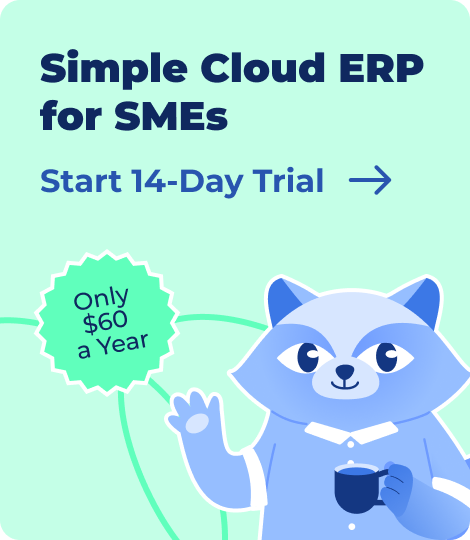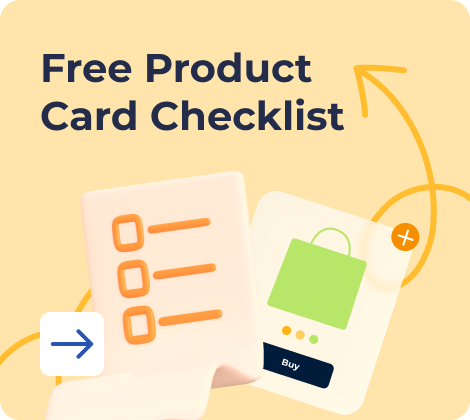Most online stores hit friction not because sales are low — but because the backend is fragmented. Orders flow in, but customer data lives in five places, marketing is reactive, and support has no context. That’s where CRM for e-commerce becomes non-negotiable.
A report by Freshworks states that 71% of small businesses now use CRM software, and the e-commerce industry is no different.
Choosing the right e-commerce CRM system requires identifying what to expect at each growth stage and not just hunting for the hot tool in the market. You’ll have to determine your requirements and filter the right fit.
Whether basic email outreach or full-scale lifecycle management, your CRM needs will evolve.
Let’s find out how to check for an e-commerce CRM to get started.
- What Is a CRM in E‑Commerce?
- CRM vs. OMS vs. Marketing Tools: What’s the Difference?
- Why Your Online Store Needs a CRM
- How CRM Needs to Evolve as Your Business Grows
- Key Features of an E‑Commerce CRM System
- Choosing the Best CRM for Your E‑Commerce Business
- Where Kladana Fits Into the Tech Stack
- Final Thoughts
- Frequently Asked Questions
- List of Resources
What Is a CRM in E‑Commerce?
CRM stands for Customer Relationship Management, a system built to manage and strengthen the relationship between your online store and its customers. It stores customer interactions such as orders, returns, messages, and even email clicks in one place.
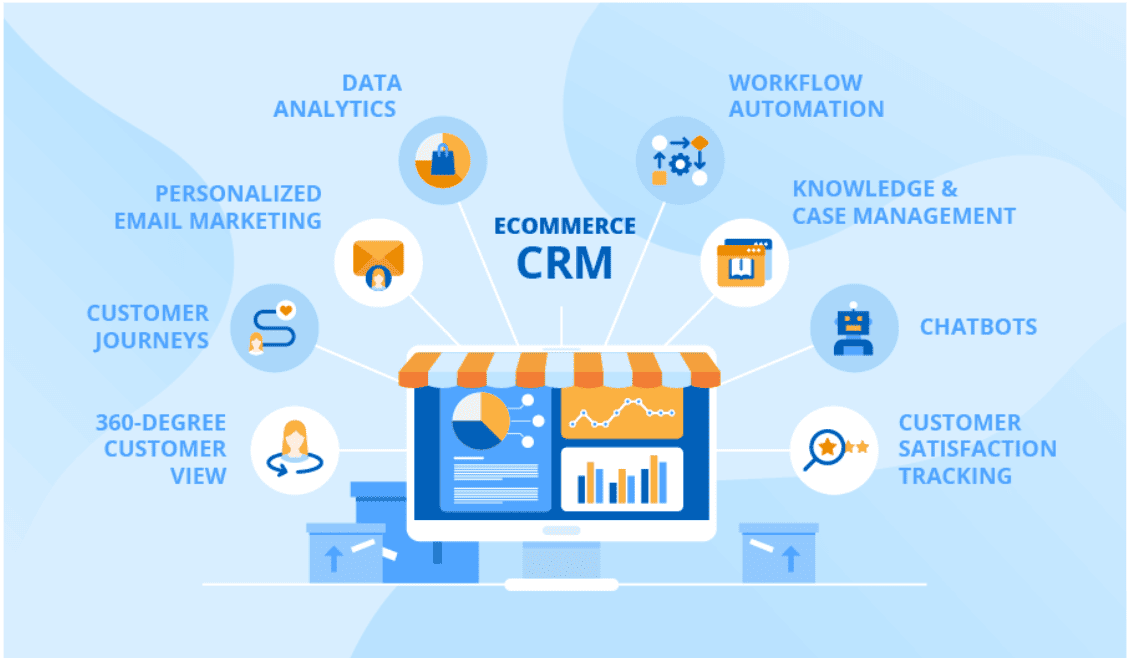
More than just a contact list, an e-commerce CRM system helps identify patterns, track behavior, and act on real-time customer insights.
CRM’s purpose in e-commerce goes beyond campaign execution. It connects the dots between what customers do and what your business does next.
Key Goals of CRM in E-Commerce
When adopting the e-commerce CRM check if you’re planning to achieve the following goals.
Retention
If your goal is to retain customers, then you need CRM tools for e-commerce to remind them, reward them, and re-engage them based on their actual purchase cycles.
Personalization
A CRM allows you to personalize marketing based on individual actions rather than demographics. This happens by leveraging CRM to trigger recommendations, promos, and content that match each customer’s history and preferences.
Customer Lifecycle Management
The system helps track and manage the customer journey from first-time visitors to high-value repeat buyers. If you need proper tagging and segmentation, then e-commerce CRM makes planning outreach that matches each lifecycle stage easier.
CRM vs. OMS vs. Marketing Tools: What’s the Difference?
CRMs usually get mistaken for order systems or marketing software. The table below will show how they actually differ:
| Function | CRM (Customer Relationship Management) | OMS (Order Management System) | Marketing Tool |
Primary role |
Manages customer data, history, and communication |
Handles order processing, fulfillment, and stock sync |
Sends campaigns, ads, SMS, etc. |
Focus |
Relationships, segmentation, retention |
Orders, inventory, logistics |
Traffic, conversion, promotions |
Key data |
Contacts, interactions, and purchase behavior |
Inventory, order status, and delivery updates |
Engagement, open rates, CTRs |
Lifecycle scope |
Entire customer journey |
Post-purchase to delivery |
Top-of-funnel to sale |
Examples |
e-commerce CRM platforms like Klaviyo, Zoho, Salesforce |
Tools like Kladana, NetSuite |
Platforms like Mailchimp, Brevo, and Meta Ads |
CRMs handle customer relationships and marketing that help convert interest into sales. You can benefit from Kladana, which ensures every confirmed order gets tracked, fulfilled, and shipped with real-time stock accuracy across warehouses, platforms, and channels.
Why Your Online Store Needs a CRM
A growing e-commerce business needs more than order processing and website traffic. It needs to build customer relationships that last; precisely where a CRM system fits in.
Without one, customer data gets scattered across platforms, and teams spend more time chasing clarity than delivering value.
Here’s how a CRM supports real growth:
Build better customer relationships
Every customer’s interaction, from first purchase to last return, stays logged and visible. Your team gets context, your communication improves, and your retention increases.
Run targeted campaigns
Instead of bulk messaging, segment by behavior, preferences, or value tiers. Reach the right audience with messaging that feels personal and timely.
Track behavior & purchase history
Understand how customers shop, what they revisit, and what triggers conversions. Use that data to adjust campaigns, offers, and timing.
Recover abandoned carts
Re-engage customers who didn’t complete a purchase using automated email flows or reminders tailored to their cart contents.
Manage loyalty programs
Track repeat buys, referrals, or reward points with ease. Automate reward triggers and keep your best customers engaged.
Improve support and CX
CRM keeps communication relevant, smooth order handling is equally essential. Here’s where you can use Kladana with automated stock sync, order tracking, and warehouse visibility to ensure smooth fulfillment behind every customer touchpoint.
For instance, Neytthomes transitioned from Excel to Kladana ERP, achieving significant improvements in inventory management, sales tracking, and financial planning. They managed to unify warehousing, barcoding, sales, and financial insights within a single platform, leading to enhanced operational efficiency.
How CRM Needs to Evolve as Your Business Grows
The CRM your store needs when handling 10 orders a day is not the same as what’s needed at 500. When volume, team size, and number of touchpoints increase, there ariss a complexity of managing relationships.
High-volume e-commerce businesses prioritize deeper analytics, real-time behavior tracking, and CRM integration with e-commerce platforms.
Here’s how the needs typically shift:
| Stage | Daily Orders | CRM Priorities | Must-Have Features |
Startup |
0‑20 |
Basic retention & email flows |
Contact database, abandoned cart recovery, and basic segmentation |
Growing |
21‑100 |
Smarter targeting & loyalty tools |
Purchase history tracking, loyalty program management, and multi-channel communication |
Scaling |
101‑500+ |
Full-funnel visibility & automation |
Customer lifecycle management, personalized marketing automation, advanced CRM, email marketing, integrations with OMS & support tools |
Making a shift requires clarity. The clearer your internal workflows and customer segments, the more your CRM can do for you.
Key Features of an E‑Commerce CRM System
It’s easy to get sold on dashboards and vanity metrics but in real e-commerce operations, what matters is how the tool fits into your workflows.
Here are some of the major features to consider:
Customer profiles & segmentation
Every buyer should have a central profile that combines personal info, past purchases, average spend, return activity, and communication history.
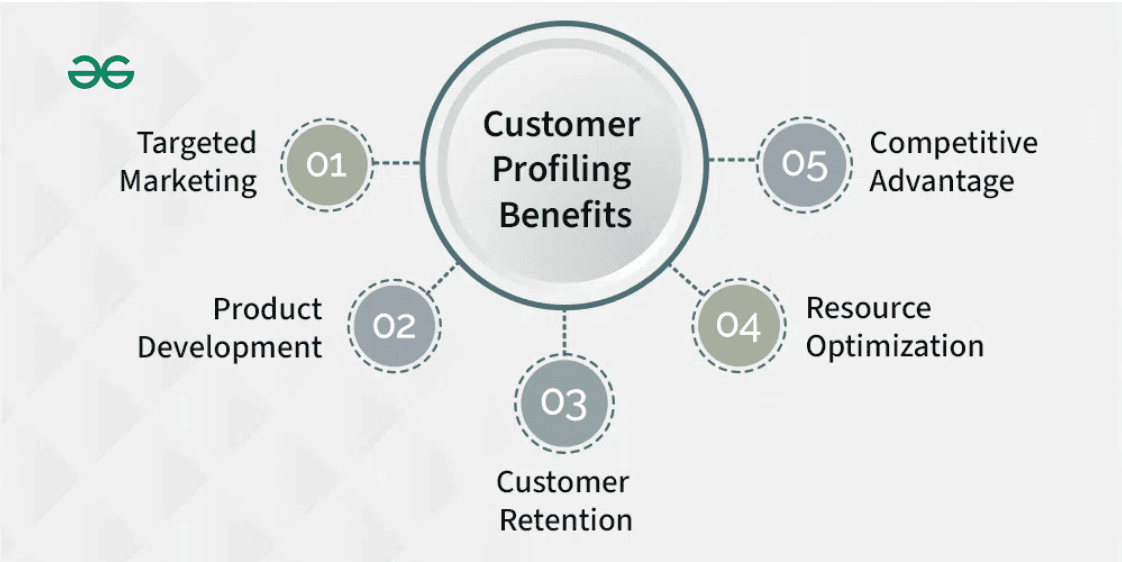
Segmentation lets you group customers based on lifecycle stage, preferences, or behavior — so your campaigns speak directly to each cohort, not the crowd.
Automated email campaigns
A proper e-commerce CRM system sends the right message at the right time, without manual input. Think welcome emails, reorder reminders, post-purchase feedback requests — all triggered by customer actions like browsing, adding to cart, or buying.
Purchase history tracking
You need more than a basic order log. The system should track item types, spend frequency, and patterns — so you know who’s ready for a refill, who responds to bundles, or which buyers drop off after the first purchase.
Abandoned cart recovery
Every cart left behind is a potential sale.
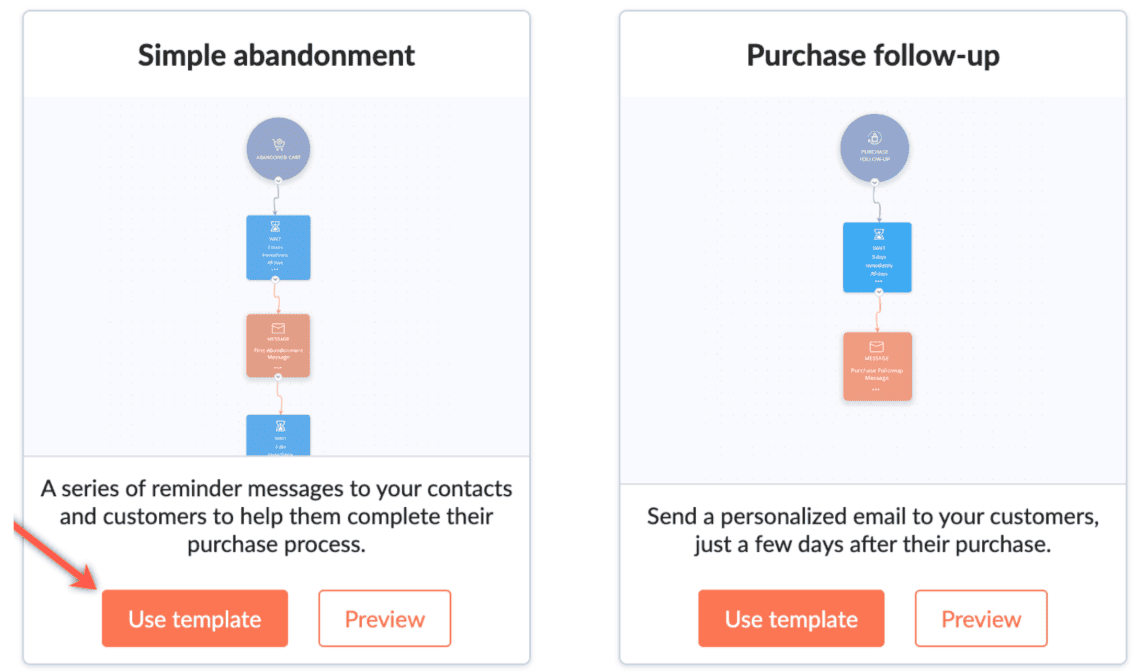
A CRM should automatically detect and trigger recovery emails (or SMS), ideally personalized with product names, images, or urgency-based offers.
Loyalty program tools
Track how often customers return, how much they spend, and when they cross loyalty thresholds. Automate point accumulation, reward triggers, and referral bonuses without needing external tools.
Multi-channel messaging
Customers move between email, chat, and SMS — and your messaging should follow them, not start over. Look for CRM tools for e-commerce that unify conversations across platforms, without fragmentation.
Marketing automation
Build workflows based on customer behavior: send X if they do Y. For example, after a third purchase, trigger a loyalty invite; after 60 days of inactivity, send a personalized reactivation email.
CRM + inventory sync
If your campaign promotes a product that’s out of stock, that’s a problem. This is where Kladana complements your CRM stack as a part of the e-commerce inventory management system. This syncs real-time stock visibility to avoid misalignment between what you sell and what you can ship.
CRM + support ticketing
When customers reach out, your support team should already know what they ordered, what issue they had last, and whether they’re a new buyer or a loyal customer. That level of context changes the support experience completely.
Want to see how Kladana connects with CRMs, e-commerce platforms, and accounting tools? Explore Integrations.
Choosing the Best CRM for Your E‑Commerce Business
You’ll need to map your operational reality — how you sell, fulfill, and retain to a system that supports that motion without adding unnecessary overhead.
Here’s what to focus on when narrowing down your options:
A. Define your goals
You’ll first need to start by asking about the problem that you are trying to solve. It can be:
- Whether the primary goal is to increase repeat purchases, focus on tools with strong retention workflows, reorder triggers, and loyalty integrations.
- Are you struggling with customer segmentation then look for tagging, filters, and behavior-based groups.
- Is it that you need tighter post-sale experiences? Then lifecycle mapping and CRM integration with e-commerce fulfillment tools becomes more important.
This way, each goal leads you to a different shortlist.
B. Evaluate integrations
CRM doesn’t work in isolation so you have to make sure it connects smoothly with platforms like Shopify, WooCommerce, Magento, or your payment processor.
Also look at how it works with your order and inventory system. For example, Kladana offers integrations with leading e-commerce platforms, letting you sync product availability, automate order status updates, and trigger fulfillment from your CRM logic.
👉 Explore how Kladana fits into your e-commerce stack.
C. Watch for overkill: don’t buy an enterprise CRM too early
Getting ERP for e-commerce requires paying a hefty price in terms of value since it has feature sets that small teams never use.
Also, more complexity means more training, more setup, and slower execution.
Why wait before going enterprise:
- You don’t need 15 user roles for a team of 3
- Advanced analytics don’t help if your data’s still messy
- Full workflow builders are wasted without internal SOPs
- You’ll spend more time managing the CRM than using it
- Custom support integrations take longer to implement than to solve
D. Ease of use vs. customization
A highly customizable CRM is powerful if your team can manage it. If speed and usability matter, choose simplicity with scalable add-ons.
E. Price vs. value at your stage
Pricing should match value, not vendor prestige. A free or mid-tier CRM may be enough for now if it covers your needs without locking you into features you won’t use.
| Budget Stage | What to Expect | What to Avoid |
Early-stage |
Free or < $50/mo tools with email flows and segmentation |
Enterprise pricing, unused dashboards |
Growing |
$100–300/mo with deeper integrations and automation |
CRMs that charge per add-on or channel |
Scaling |
Value from modular CRMs with analytics, workflows, and reporting |
Locked-in plans with inflexible contracts |
Where Kladana Fits Into the Tech Stack
While your CRM handles customer communication and lifecycle logic, Kladana ensures smooth execution behind the scenes. If your CRM campaigns are generating sales, it’s Kladana that makes sure nothing breaks during fulfillment.
How Kladana Complements Your E-commerce CRM:
✅ Real-Time Inventory Sync — Keep stock levels updated across all sales channels to prevent overselling and ensure smooth order handling.
✅ Automated Order Processing — Automatically convert CRM-driven sales into fulfilled orders with minimal manual intervention.
✅ Multi-Channel Integration — Sync inventory, pricing, and orders across marketplaces and storefronts for consistent operations.
✅ CRM Integration Ready — Easily connect Kladana with your CRM to align marketing efforts with backend execution.
✅ Smart Warehouse Management — Route orders based on stock availability and location to speed up delivery and reduce costs.
✅ Centralized Operations Visibility — Get a complete overview of inventory, orders, and fulfillment to back every customer interaction with operational accuracy.
Final Thoughts
You don’t need the most expensive CRM — you need one that fits where your e-commerce business stands today.
Start with clear goals: better segmentation, smarter automation, or tighter support. Then choose tools that solve for those outcomes without overwhelming your team.
If retention and communication are your priority, a CRM for e-commerce makes that possible. But it’s not the full story.
Growth also depends on what happens after the order: inventory accuracy, order speed, and stock sync. That’s where operational tools like Kladana play a role.
Build the right foundation now, and scaling later gets easier.
Ready to manage your inventory on autopilot?
If you already have repeatable processes but aren’t sure if you’re ready for automated inventory management, start here.
Frequently Asked Questions
Let’s tackle the knowledge bottlenecks by answering some questions.
What is a CRM in e-commerce?
It’s a system that manages customer data, tracks interactions, and improves retention through personalized marketing and lifecycle management.
How is a CRM different from an OMS?
A CRM focuses on customer engagement and retention, while an OMS like Kladana manages inventory, orders, and fulfillment.
How do I choose the best CRM for my e-commerce business?
Start by defining your retention and marketing goals, checking platform integrations, and choosing a solution that matches your current operational needs.
When should a small e-commerce business start using a CRM?
Once order volumes grow or manual customer segmentation becomes inefficient, it’s time to adopt a CRM.
Can a CRM help recover abandoned carts?
Yes, most CRMs automate personalized recovery emails or messages, increasing the chances of completing sales.
How does Kladana support CRM systems?
Kladana ensures real-time inventory sync and smooth order processing, complementing your CRM’s customer engagement efforts.
List of Resources
Freshworks — 50+ CRM statistics you should know in 2024
